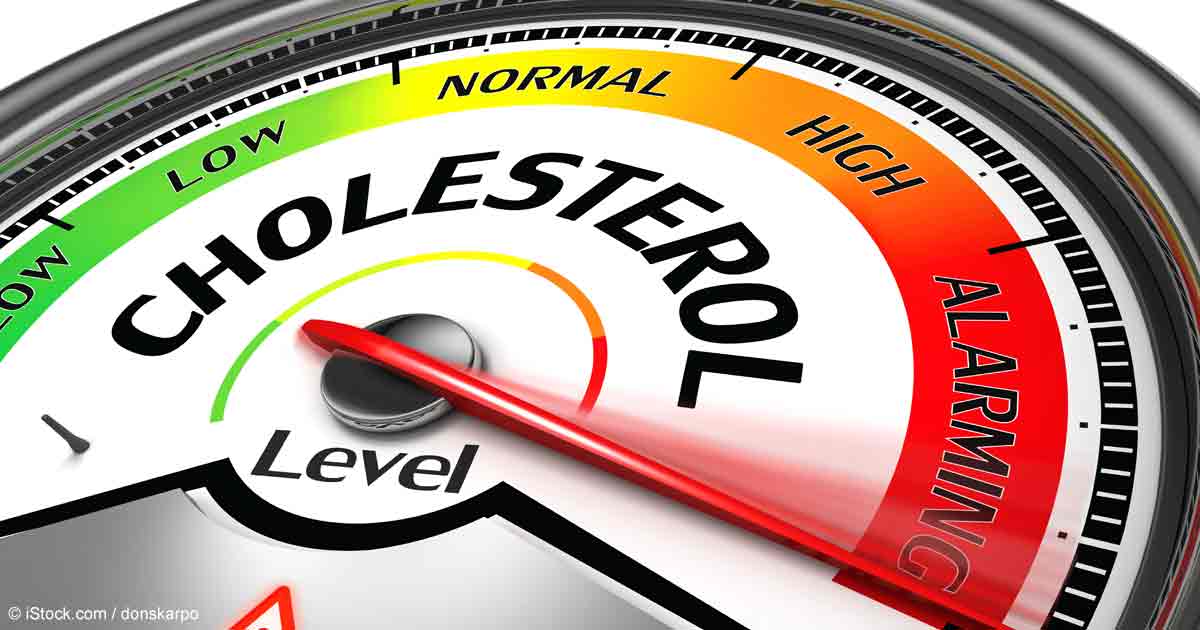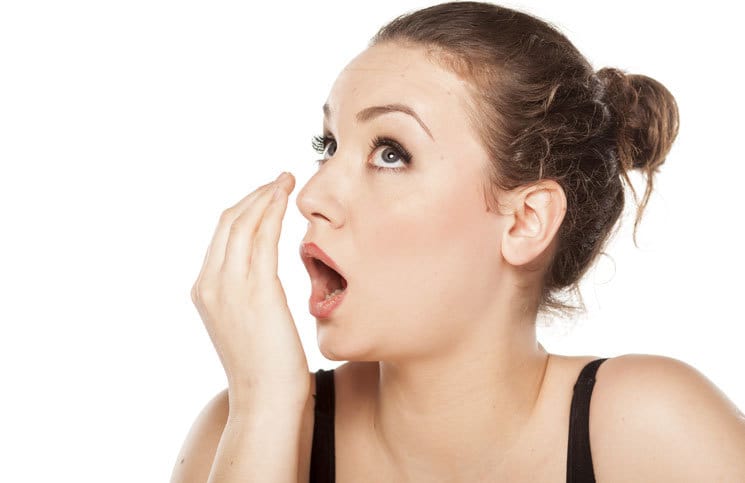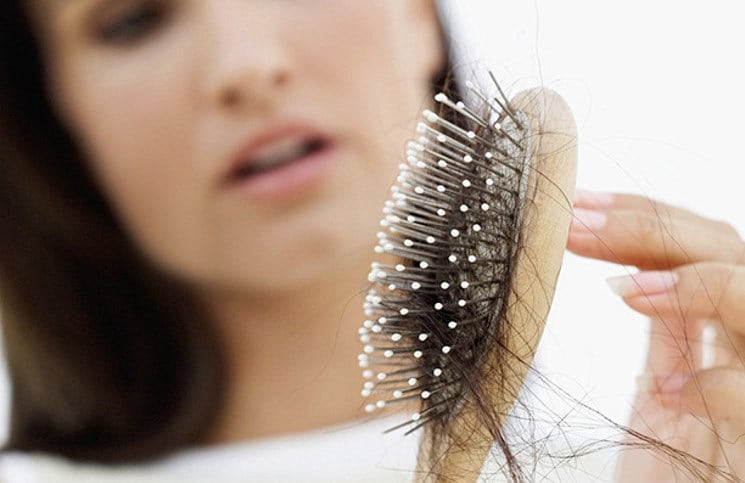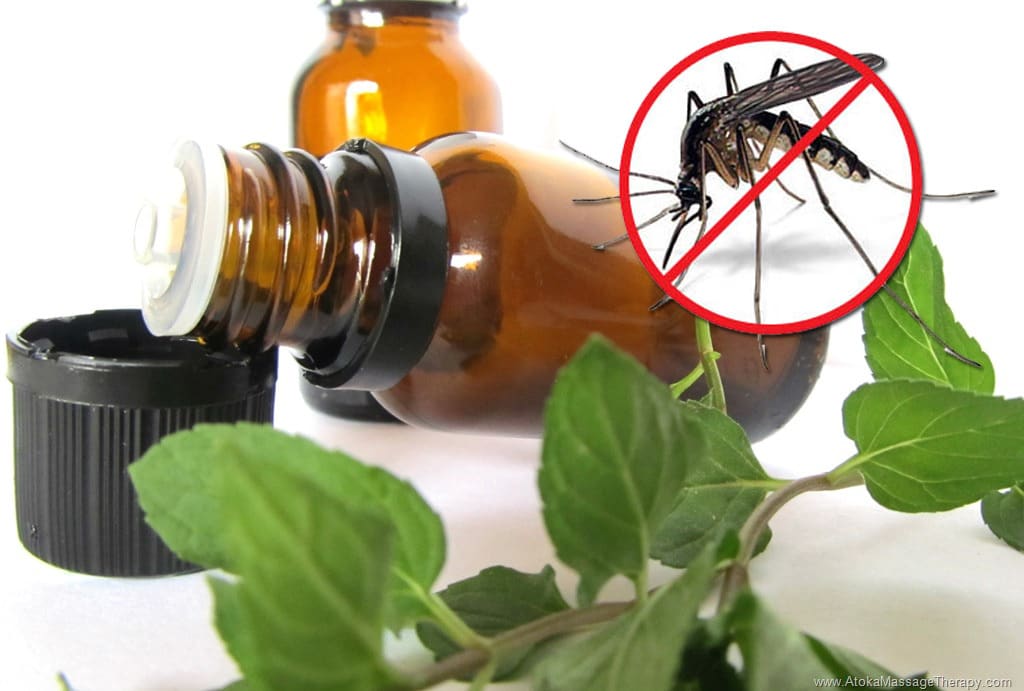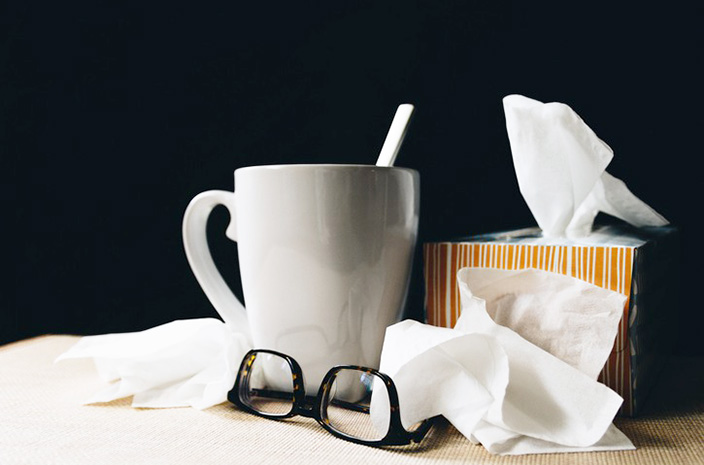Bad breath, also called medically as halitosis or fetor oris, refers to an unpleasant odor present in a person’s exhaled breath. The following are the causes, signs and symptoms, and home remedies for the condition and make the breath fresh.
Causes
Bad breath usually has two main causes and they are poor habits and presence of health problems. According to Web MD, poor habits include not brushing and flossing daily, which lets food particles stay in the mouth; this promotes bacterial growth between the teeth and the gumline, around the gums, as well as on the tongue. Also, people who wear dentures may have halitoses if the dentures are not properly cleaned. Also, chewing or smoking tobacco-based products also lead to bad breath and teeth stains, in addition to reduction of the ability to taste foods and gum irritation. As per the publication, various health problems may also result to bad breath. These conditions include gum disease, yeast infections, dental caries, xerostomia or dry mouth, and respiratory tract infections like pneumonia, bronchitis, and chronic sinus infections.
Signs and Symptoms
The main symptom of halitosis is the unpleasant odor coming from the exhaled air itself; however, the odors do vary, depending on the cause. According to Mayo Clinic, the best way to assess how one’s breath smells is to ask a relative or a close friend. As per the publication, medical consult with a dentist is advised if bad breath persists, even after intervention; he may refer the person to a physician for further assessment.
Home Remedies
Along with the interventions advised by the family dentist, the following are some remedies one can do at home to manage bad breath.
Mouthwash
Mouthwash is one of the usual remedies for bad breath. These are gargled or swished inside the mouth; they contain alcohol and other astringent properties that reduce the bacteria in the mouth. The reduction of bacteria present in the mouth will also reduce the unpleasant odor. Mouthwash products are accessible in supermarkets.
Gum or Candy
Chewing a gum or eating a hard candy is one of the known remedies for halitosis. According to Medicine Net, the remedy promotes saliva production, which helps keep the mouth moist. As per the publication, while mouthwash may mask the bad odor on a temporary basis, it may not be the permanent answer or treatment to the underlying cause. This applied to gums and candies; they are just temporary
Crunchy Food Selections
Another remedy for bad breath is eating raw crunchy foods. According to Everyday Health, foods like apples help regulate the odor in the mouth, as well as promote the production of saliva that moistens the mouth. As per the publication, other examples of raw crunchy foods include carrots, celery, cranberries, and walnuts, among others. Cucumbers also qualify in this remedy.
Cinnamon
Another bad breath remedy is cinnamon. According to Top 10 Home Remedies, cinnamon contains cinnamic aldehyde, which is an oil that reduces the amount of bacteria in the oral cavity. This way, bad breath will be reduced. As per the publication, one teaspoon of cinnamon powder is boiled in a cup of water. Also, some bay leaves and cardamom are added. The solution is strained and is used as a mouth rinse to make the breath fresh.
Oral Care
Adequate oral care stands as one of the most basic remedies and prevention for bad breath. They help remove the food particles and bacteria in the mouth, reducing the odor. According to Thera Breath, brushing and flossing the teeth should be done at least twice a day and a toothbrush with soft bristles should be used to prevent tooth enamel and gum damage. A fluoride toothpaste helps strengthen the tooth enamel and prevent tooth decay.
Bad breath is not as severe as cancer, but it reduces a person’s self-confidence and interaction with other people. Thus, the aforementioned home remedies can be done if not contraindicated. Also, the person may consider medical consult for proper assessment for presence of underlying medical condition, as well as planning, intervention, health advice, and evaluation.
Source: madena.net

